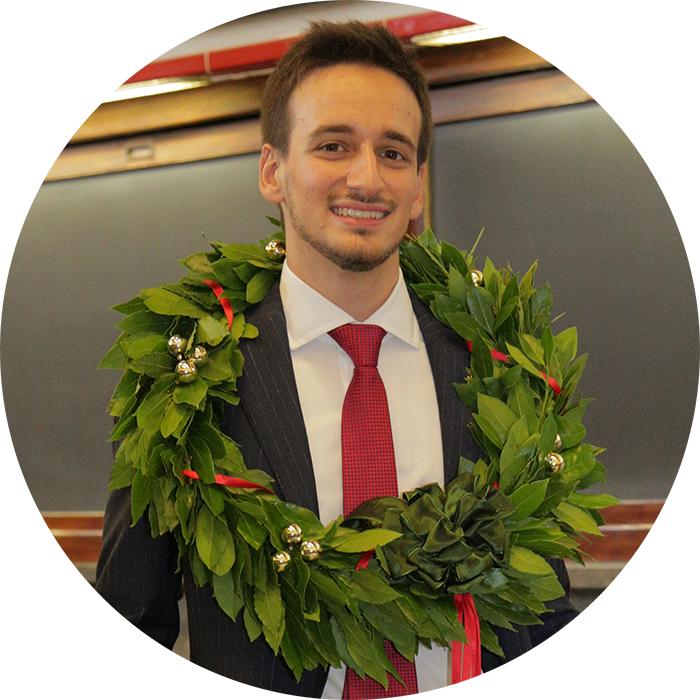The somatosensory barrel cortex controls the spindle thalamocortical oscillation by frequency locking
Ramon Guevara, Mattia Tambaro, Marta Maschietto, Alessandro Leparulo, Claudia Checchetto, Giorgio Nicoletti, Benedetta Mariani, Samir Suweis, Stefano Vassanelli
Published in bioRxiv 2025.07.09.662963 (2025), 2025
Recommended citation: Ramon Guevara, Mattia Tambaro, Marta Maschietto, Alessandro Leparulo, Claudia Checchetto, Giorgio Nicoletti, Benedetta Mariani, Samir Suweis, Stefano Vassanelli. The somatosensory barrel cortex controls the spindle thalamocortical oscillation by frequency locking. bioRxiv 2025.07.09.662963 (2025).
Read the preprint
Abstract
The sleep spindle is a characteristic oscillation typically observed in NREM sleep and anesthesia. It is generated by a closed-loop thalamocortical circuit that is allegedly contributing to thalamocortical gating, sensory processing and memory consolidation. Yet, the circuit intricacy in terms of electrophysiological neuronal properties and connectivity has so far contributed to hinder a clear understanding of its regulation and function. In this study, we experimentally demonstrate that, when driven by the somatosensory cortex, the spindle circuit behaves as a macroscopic single-frequency self-sustained oscillator. We frequency-modulated cortical inputs to the thalamocortical spindle circuit by periodic microstimulation of the barrel cortex in the anesthetized rat. Cortical spindles exhibited synchronization by frequency locking and not resonance, displaying a characteristic Arnold tongue, a hallmark of the self-sustained oscillator. With a rate model of the barrel cortex-thalamus circuit reproducing the oscillator behavior we show that frequency-locking can govern synchronization under whisking.

